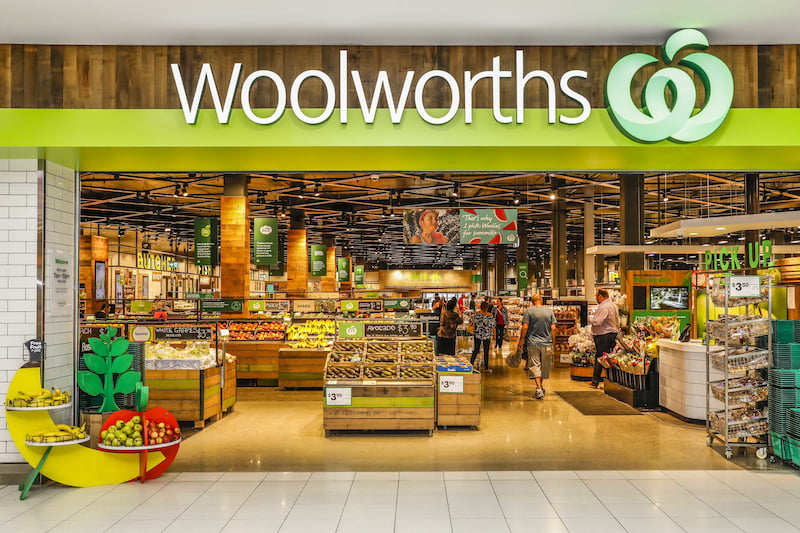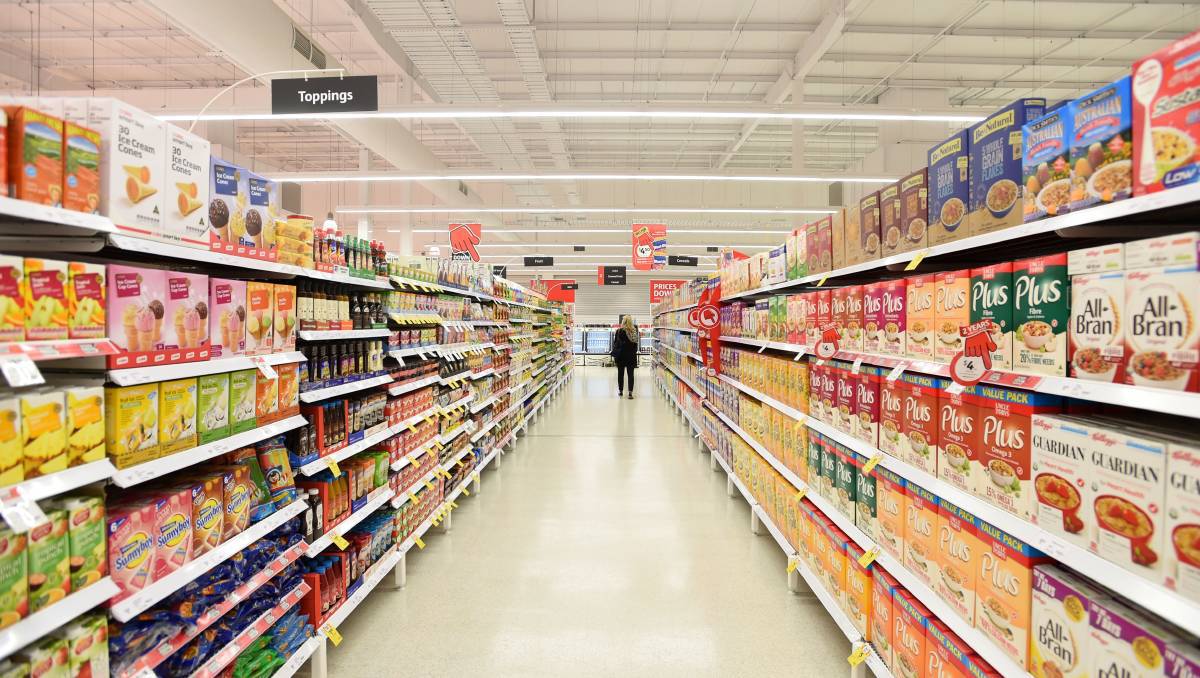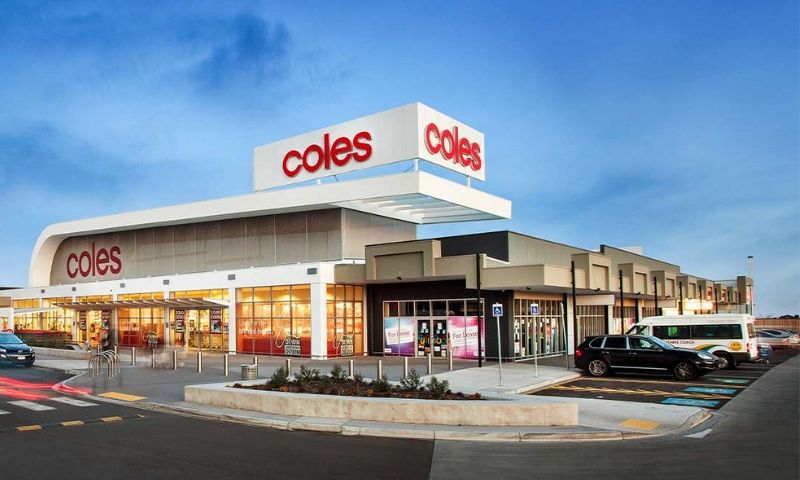News Corp Australia FMCG industry head Ed Faith (pictured) was one of the company’s executives who took part in a recent online seminar with members of the Independent Media Agencies of Australia (IMAA).
Faith develops specific marketing and commercial strategies that help solve the marketing and business challenges of FMCG business leaders and marketers.
Since working from home in March, Faith said he and his colleagues have never been busier! “On the 29th of February I told an FMCG marketer I thought we were about to see goods flying off shelves and that understanding what was happening was going to be key for all marketers,” Faith told Mediaweek. “That was a Friday, and on the Monday that executive sent me a photo of her local Coles from the weekend with empty shelves in many categories.”

In a presentation to the IMAA recently Faith shared the findings of first party research News Corp had undertaken into changing consumer behaviour around FMCG in 2020. “We also looked at how those key findings crossed-referenced with some of the other recent research that had been undertaken in the marketplace,” Faith said.
“There were three sources of truth to give people the most accurate view of what will interest FMCG marketers when it comes to behaviour and peoples’ attitudes towards brands. Particularly as consumers move from a lockdown scenario to eased restrictions, but still living day-to-day under the threat of Covid.”
Faith noted that in particular in the early stages of lockdown in March and April there were almost record-breaking sales months for every FMCG retailer with about 85% of categories in store.
“We are now looking at how can that growth be sustained and what do behavioural changes mean for brands to stay as relevant and as up-to-date as possible to make sure they can continue to drive sales and product usage.”
Faith showed IMAA agency members two video case studies about how brands are tackling the challenges of maintaining sales momentum in challenging times. “There are some categories where consumers might have overstocked on particular products with limited knowledge of how to use them. Things like rice, pasta and noodles for instance.” News Corp worked with some of those brands to give consumers information on how to best utilise those products, moving them from the pantry into the kitchen.
As to questions from the agencies, Faith said many wanted to know the particular categories that were going to be experiencing growth.“There were two things going on. Most categories were up in terms of sales volume growth. Agencies want to understand what is driving that growth. There is a popular belief that private labels (supermarket owned brands) are driving the growth. There are a lot of examples though where it is well known brands that are driving the volume growth in many categories.
“Agencies want to know about the rule of thumb as to whether it is private labels or a brand (their clients) driving growth. We found the more brands focus their marketing efforts the more likely it is the brand will be driving the growth in that category.
“Marketing through difficult times, instead of going quiet and waiting to see what the market will do organically – the advice is they should be active in marketing. At News Corp we are investing time and resources into understanding where that change plays out and what it looks like across our network.

“We have been very fortunate to see huge growth across our digital network, not just on news sites, but especially in lifestyle sites and our food network where FMCG decisions are ultimately being made.”
Research also indicates that shoppers are heading to the store less frequently, but at the same time the basket size has increased significantly. “People are shopping less, but buying more,” was Faith’s summary.
“What brands need to do is to understand where are consumers in their media journey when they are thinking about the next grocery shop. Scale and reach for platforms like TV and out-of-home are fine, but how effective is that reach?
“If I’m watching a TV commercial in primetime after I’ve eaten, what is the resonance of that message going to be?
“However, if I am browsing a food and recipe website during the day trying to solve the problem of what to have for dinner that night, a message at that instance will have more impact for anyone thinking about their next grocery shop.”
The News Corp network boasts three of the biggest sites for people planning meals – Taste, Australia’s Best Recipes and delicious. “While there is some duplication between audiences as a network it is very strong.”
Helping News Corp track consumers is its Pulse of Australia panel with close to 1,000 consumers who participated in three surveys in May, June and August. “We tracked peoples’ relationship with brands and how it might have been disrupted. We found that because of Covid lockdowns people have become far less brand loyal. About 45% in the August research were less brand loyal. They either couldn’t buy the brand they normally bought for various reasons and they have stuck with the replacement.”
Data partnerships
“News Corp is the only media organisation that has established partnerships with both Quantium and Flybuys,” said Faith. “That gives us somewhere in the area of 65-70% of purchase data about what Australians are actually consuming during their weekly grocery shop with the two major retailers. No other media organisation can offer that to their advertising partners.”
Faith explained that with the Flybuys partnership, News Corp can now offer FMCG sales uplift reports so brands and agencies can actually see the impact of campaigns direct on sales numbers through the Flybuys loyalty program.

Five key News Corp insights into FMCG marketing in 2020
Cocooning has become the dominant consumer behaviour: Even as society reopens, Australians will remain homebodies. This is about risk aversion, but also because society’s reopening will be gradual anyway. And economic rationalisation of decreasing discretionary spend in areas like travel and out of home entertainment will keep people in their homes more than before.
Homebody economy: Consumers will increase spend on household essentials such as grocery, household, home cleaning and fresh produce by 31%. As much as 74% of consumers who have cut down on eating-out are cooking more meals at home, and one-third of Australians are taking up DIY home repairs.
Consumers have re-balanced their baskets: People are adapting their shopping frequency from 2.5 times to 1.7 times per week to minimise time out and about as well as their human contact, and they’re also changing their habits and repertoires at home. This influences the types and quantities of products they’re buying at the grocery store: what categories they are buying from and the brands they choose. In many cases branded products have been outpacing the market and outperforming cheaper private labels – mainly as shoppers look for ways to treat themselves amid an ongoing reluctance to eat and drink away from home.
Wallet shift has created a 2-speed economy: The random dispersion of financial impact means that consumers are split into two camps; either focusing on ‘bang for buck’ to ease financial pressures or trading up as other discretionary spend is held back and they have more of their income to deploy on household and grocery comfort items.
Our origin preferences are ramping up: Australians are doing their bit for the economy by buying Australian brands. 57% of consumers now say they prioritise Aussie brands (2.5 times greater than pre COVID-19). News Corp surveys show significant consecutive increases in the overall net importance of product traits like ‘Australian made’, ‘Australian owned’ and ‘Supports Australian farmers’.
The consumer-brand relationship has been reset: Consumers have shopped far more promiscuously during lockdown which has meant that brand relationships were being built and broken simultaneously. The more time people spend at home the greater the needs become for a greater diversity of grocery, personal and household products that make time at home more comfortable and satisfying.
